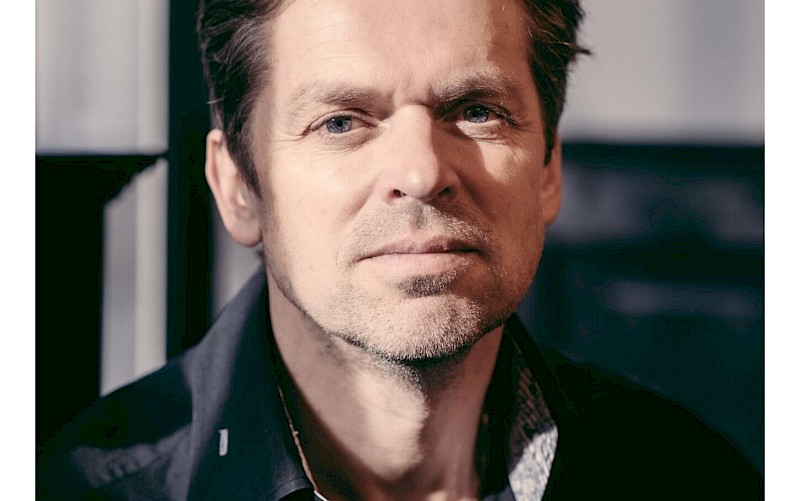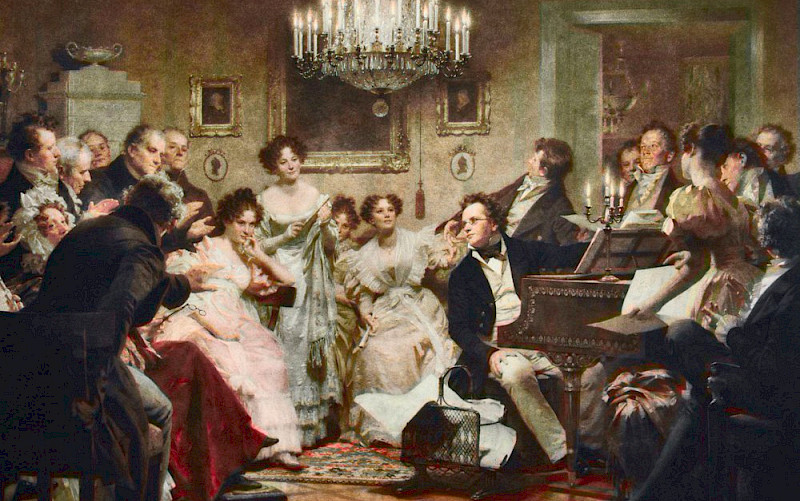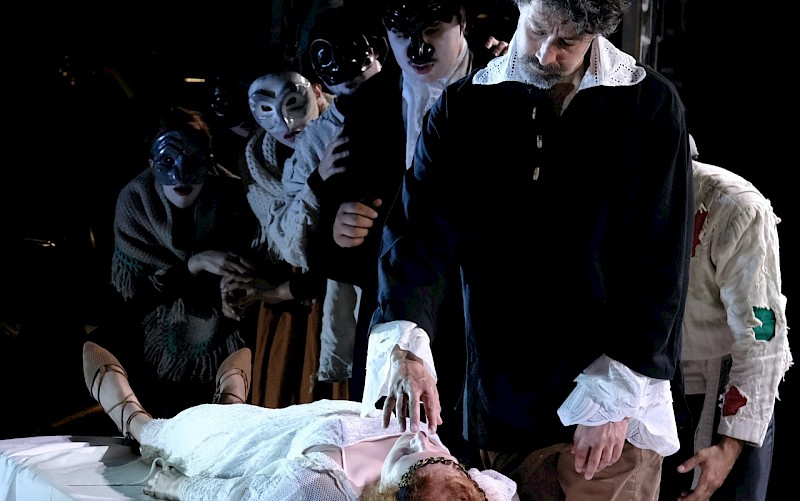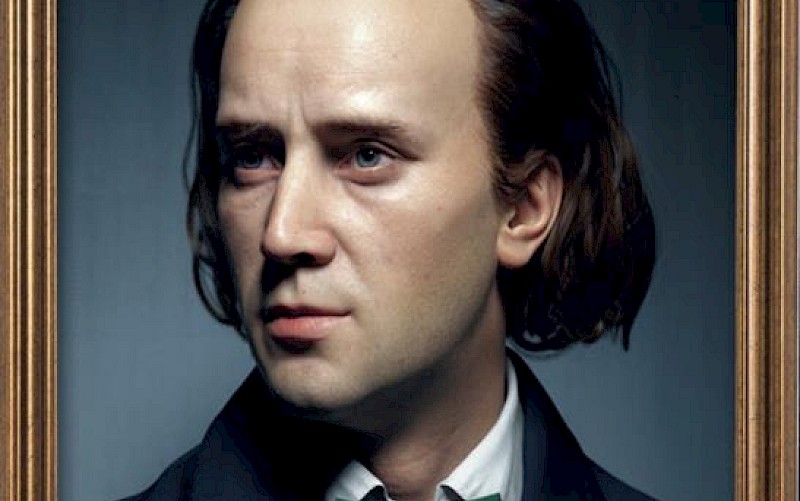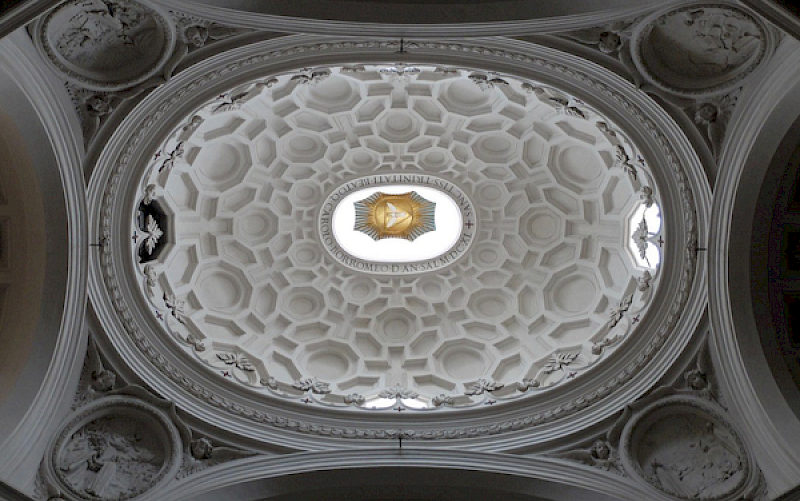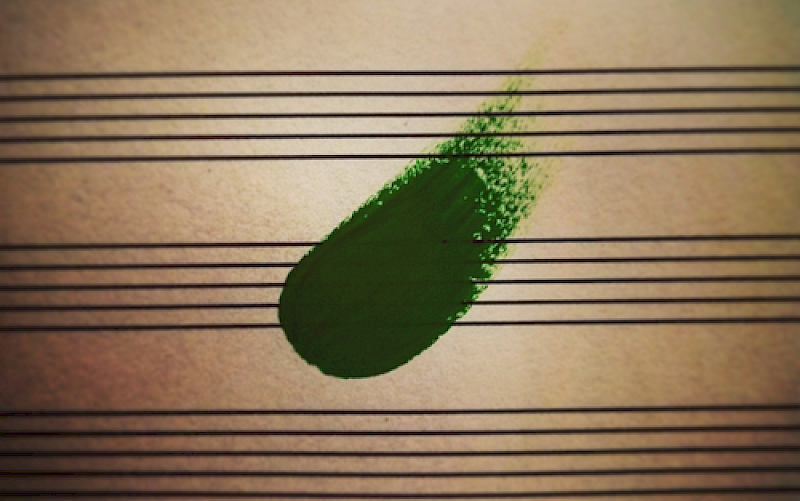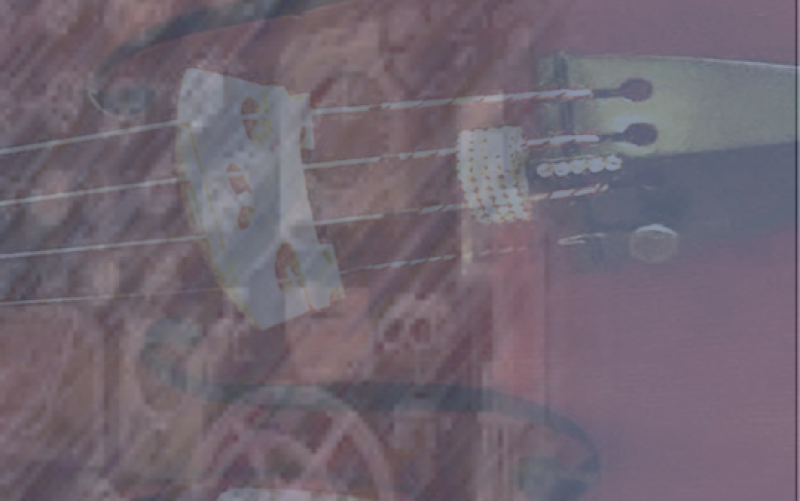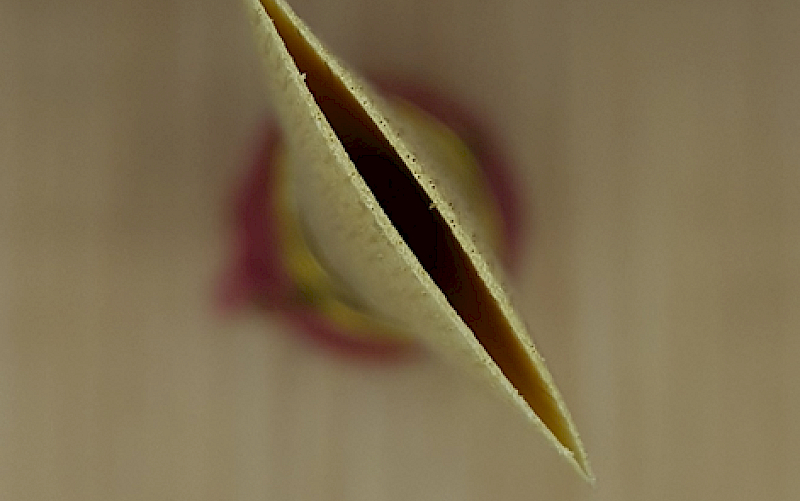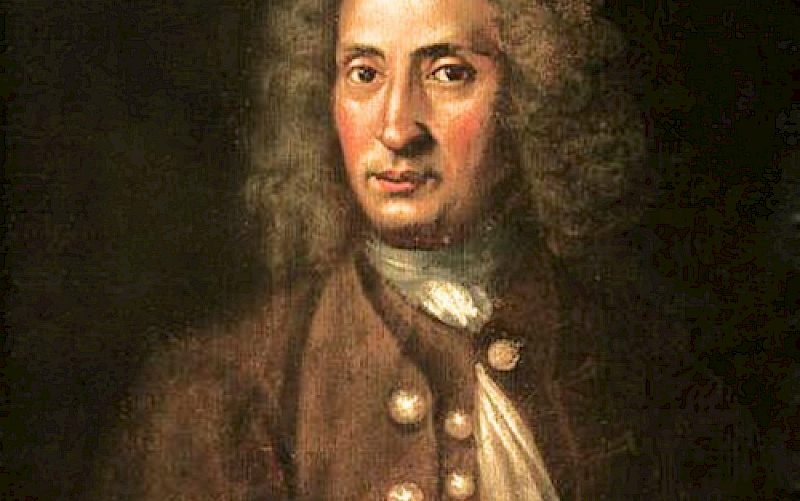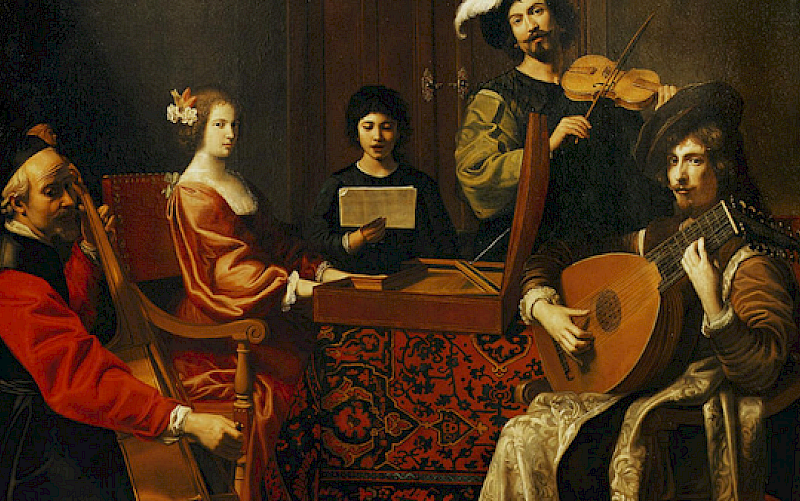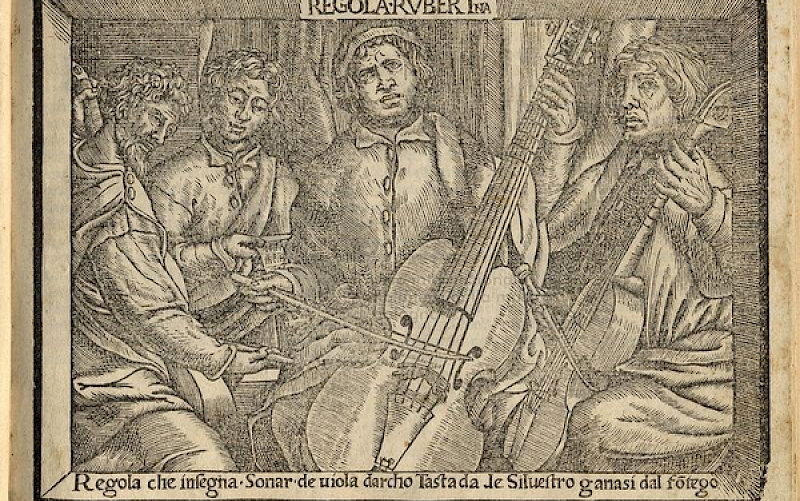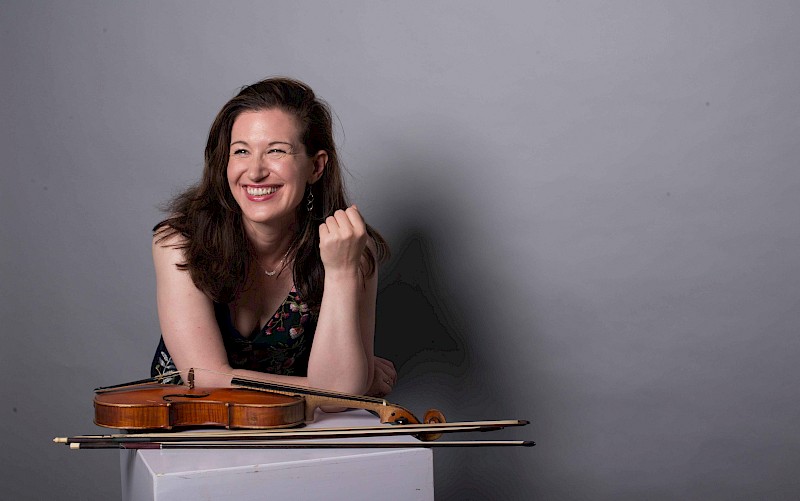The use of the horn in the late orchestral works by Robert Schumann
When I played a Schumann piece, Genoveva Overture, for the first time, I was wondering, because there were Ventilhorn and Waldhorn parts. I could not imagine what his idea was when he wrote for four horns, but still used two different kinds of the same instrument. Did he want to express something with this set-up? Beside this, I did not understand why he, and other romantic composers, use so much transposition when they had already a completely chromatic instrument. As I started to get to know and play the natural horn, it was getting clearer what his intention could have been. Why he used an ‘ancient’ instrument, though he could compose for four chromatic horns. This made me even more interested, and I also got more questions and hypotheses about the topic, for what I wanted to find an answer. In my research, I tried to get to know the use of the horn in the middle of the 19th century. I wanted to get familiar with the contemporaries’ imagination about the old and new instrument, and with the way how they used them. Then, with this knowledge, I analysed Schumann’s orchestral works, especially the horn parts, and tried to find out if the results are matching with the background research. My aim was too, show the horn players, that the romantic horn playing is not only about the ‘holy’ valve horn, but something more complex and colourful.
Author: Márton Kóródi
